JEDDAH, Saudi Arabia: Endocrowns provide an alternative approach to restoring extensively damaged endodontically treated teeth. However, owing to a lack of data on their long-term survival and success rates, a Saudi researcher has conducted a systematic review and meta-analysis to determine when and whether they are an appropriate and predictable restorative option. He concluded that endocrowns appear to be a promising conservative restorative choice in selected patients.
In order to assist clinicians in the decision-making process, Dr Raghad A. al-Dabbagh, who works at the Department of Oral and Maxillofacial Prosthodontics in the Faculty of Dentistry at King Abdulaziz University in Jeddah, collated and reviewed published work on endocrown and conventional crown survival and success rates. The results of his meta-analysis showed an estimated overall five-year success rate of 77.7% for endocrowns and of 94.0% for conventional crowns. There were no statistically significant differences in overall survival or success estimates between the assessed restoration types.
In an interview with Dental Tribune International, al-Dabbagh explained that, while conventional crowns tend to perform better than endocrowns, the latter are still a sensible choice in some cases: “Endocrowns should be used in patients with extensively destructed teeth that would prefer to avoid crown lengthening or orthodontic treatment, to create a ferrule, for a predictable coronal restoration with a post and core and a crown.”
The noticeable difference between the survival rate of endocrowns and that of conventional crowns is the result of some of its disadvantages. According to al-Dabbagh, endocrowns are technique-sensitive because retention is highly dependent on bonding, and they are mainly indicated in molars with large pulp chambers.
However, endocrowns can be a simple alternative treatment because they conserve tooth structure and are easy to construct and time-efficient. “If endocrowns are selectively used, they provide a conservative, cost-effective alternative to conventional coronal restorations with acceptable survival rates,” al-Dabbagh added. However, further clinical studies are needed in his opinion.
The study, titled “Survival and success of endocrowns: A systematic review and meta-analysis”, was published online on 18 March 2020 in the Journal of Prosthetic Dentistry, ahead of inclusion in an issue.
Tags:
SCHAAN, Liechtenstein: The Ivoclar Group, a leading manufacturer of integrated solutions for high-quality dental care, has published the fourth volume of ...
LEIPZIG, Germany: Head and neck cancer is the sixth most common cancer worldwide and results in approximately 450,000 deaths per year. As a result of ...
Objective: All-on-4 treatment concept is widely applied for complete-arch rehabilitations. Nevertheless, minor technical and biological complications can ...
BUDAPEST, Hungary: Previous studies have suggested that surface roughness is one of several key factors that influence the degree of biological integration ...
In the case described in this article, the patient benefited from the innovative clinical use of a high-quality milled composite material (Grandio blocs, ...
TAMPA, Fla., U.S.: With oropharyngeal cancer related to the human papillomavirus (HPV) on the rise, oral health professionals can play a key role in ...
INDIANAPOLIS, US: Though there have been many studies on the survival rate of endodontically treated teeth, only a relatively small proportion of these have...
ZURICH, Switzerland: A new systematic review and meta-analysis has provided evidence confirming the efficacy of Nobel Biocare implants with the TiUnite ...
JEONJU, South Korea: Though dentistry is generally a highly paid profession, stressors such as financial pressure and a high level of responsibility can ...
DURHAM, N.C., US: The practice of fluoridating US community water supplies to prevent dental caries is hailed as one of ten great public health achievements...
Live webinar
Wed. 14 January 2026
12:00 pm EST (New York)
Dr. Théo Laplane, Dr. Robert Gottlander DDS
Live webinar
Fri. 16 January 2026
12:00 pm EST (New York)
Live webinar
Mon. 19 January 2026
1:00 pm EST (New York)
Philipp Kopp, Michael Seeber
Live webinar
Thu. 22 January 2026
9:00 am EST (New York)
Prof. Judith Jones D.D.S; M.P.H., Prof. Kakuhiro Fukai D.D.S., Ph.D, Dr. Bathsheba (Bethy) Turton
Live webinar
Thu. 22 January 2026
2:00 pm EST (New York)
Dr. Nicola M. Grande DDS, PhD
Live webinar
Wed. 28 January 2026
8:00 am EST (New York)
Live webinar
Wed. 28 January 2026
11:00 am EST (New York)
Prof. Dr. Jan-Frederik Güth



 Austria / Österreich
Austria / Österreich
 Bosnia and Herzegovina / Босна и Херцеговина
Bosnia and Herzegovina / Босна и Херцеговина
 Bulgaria / България
Bulgaria / България
 Croatia / Hrvatska
Croatia / Hrvatska
 Czech Republic & Slovakia / Česká republika & Slovensko
Czech Republic & Slovakia / Česká republika & Slovensko
 France / France
France / France
 Germany / Deutschland
Germany / Deutschland
 Greece / ΕΛΛΑΔΑ
Greece / ΕΛΛΑΔΑ
 Hungary / Hungary
Hungary / Hungary
 Italy / Italia
Italy / Italia
 Netherlands / Nederland
Netherlands / Nederland
 Nordic / Nordic
Nordic / Nordic
 Poland / Polska
Poland / Polska
 Portugal / Portugal
Portugal / Portugal
 Romania & Moldova / România & Moldova
Romania & Moldova / România & Moldova
 Slovenia / Slovenija
Slovenia / Slovenija
 Serbia & Montenegro / Србија и Црна Гора
Serbia & Montenegro / Србија и Црна Гора
 Spain / España
Spain / España
 Switzerland / Schweiz
Switzerland / Schweiz
 Turkey / Türkiye
Turkey / Türkiye
 UK & Ireland / UK & Ireland
UK & Ireland / UK & Ireland
 Brazil / Brasil
Brazil / Brasil
 Canada / Canada
Canada / Canada
 Latin America / Latinoamérica
Latin America / Latinoamérica
 USA / USA
USA / USA
 China / 中国
China / 中国
 India / भारत गणराज्य
India / भारत गणराज्य
 Pakistan / Pākistān
Pakistan / Pākistān
 Vietnam / Việt Nam
Vietnam / Việt Nam
 ASEAN / ASEAN
ASEAN / ASEAN
 Israel / מְדִינַת יִשְׂרָאֵל
Israel / מְדִינַת יִשְׂרָאֵל
 Algeria, Morocco & Tunisia / الجزائر والمغرب وتونس
Algeria, Morocco & Tunisia / الجزائر والمغرب وتونس
 Middle East / Middle East
Middle East / Middle East
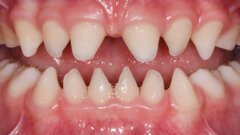






















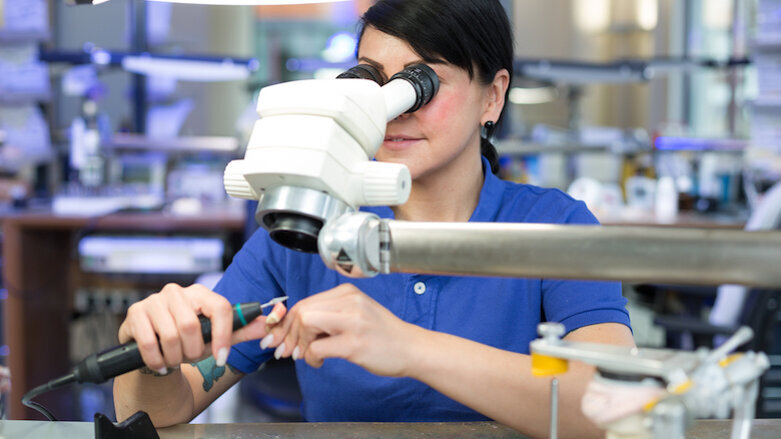





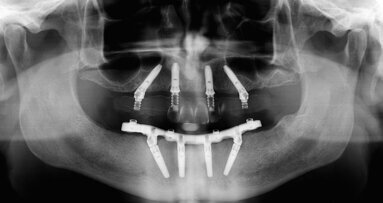
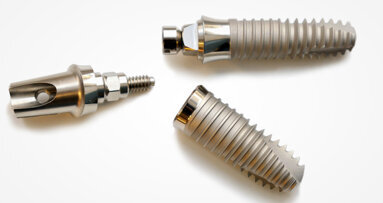
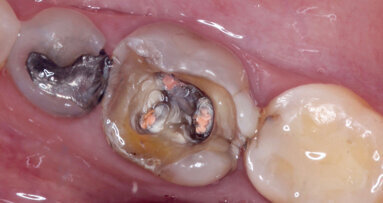


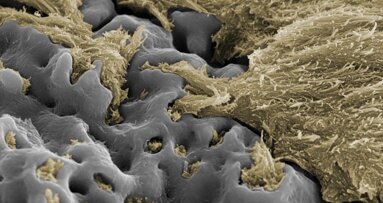












what is an endocrown??? How do you make one???